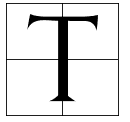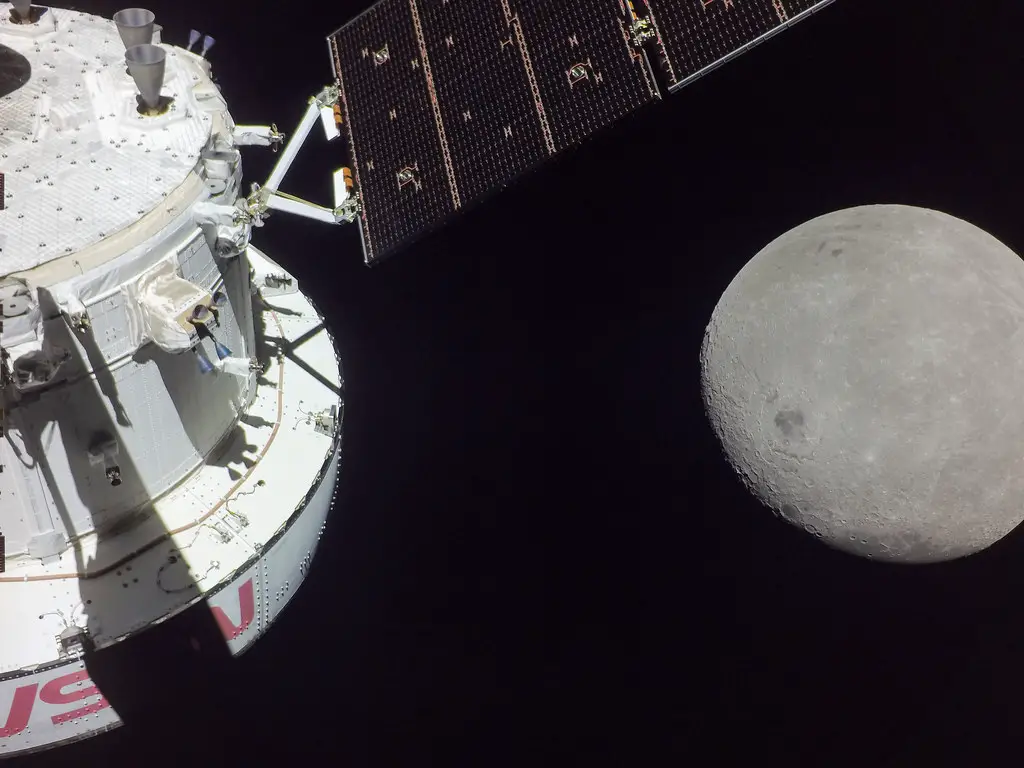 he Moon, Earth’s closest celestial companion, has long fascinated astronomers and scientists with its enigmatic features. One of the most intriguing aspects of the Moon is its apparent lack of rotation. Unlike most celestial bodies, the Moon always shows the same face to Earth, giving rise to the question: why doesn’t the Moon rotate? In this article, we will explore the mechanisms behind the Moon’s synchronous rotation, delve into the historical and scientific explanations for this phenomenon, and discuss the implications for our understanding of lunar dynamics.
he Moon, Earth’s closest celestial companion, has long fascinated astronomers and scientists with its enigmatic features. One of the most intriguing aspects of the Moon is its apparent lack of rotation. Unlike most celestial bodies, the Moon always shows the same face to Earth, giving rise to the question: why doesn’t the Moon rotate? In this article, we will explore the mechanisms behind the Moon’s synchronous rotation, delve into the historical and scientific explanations for this phenomenon, and discuss the implications for our understanding of lunar dynamics.
The Dance of Gravitational Forces
Synchronous rotation, or tidal locking, occurs when the orbital and rotational periods of a celestial body match. In the case of the Moon, it takes approximately 27.3 Earth days to complete one orbit around our planet, which coincides with the time it takes for the Moon to rotate once on its axis. This synchronous rotation leads to the Moon always presenting the same face to Earth, creating the illusion of stillness.
The primary force responsible for the Moon’s synchronous rotation is Earth’s gravitational pull. Over billions of years, the gravitational interaction between Earth and the Moon has caused tidal forces to act upon both bodies. These tidal forces exerted by Earth’s gravity have gradually slowed down the Moon’s rotation, eventually resulting in synchronous rotation.
Tidal forces cause a slight distortion in the shape of celestial bodies. As the Moon orbits Earth, the gravitational pull creates a bulge on its near side, facing Earth, and a corresponding bulge on the opposite side. However, due to Earth’s gravitational pull, the bulge on the Moon is slightly ahead of the Earth-Moon line, causing a gravitational tug that acts as a brake, slowing down the Moon’s rotation. This tug and resulting friction have gradually brought the Moon’s rotation to a halt, leading to synchronous rotation.
Historical Explanations and Scientific Insights
In ancient times, before the scientific understanding of gravitational forces, various theories attempted to explain the Moon’s rotation, often attributing it to supernatural or mystical phenomena. However, it wasn’t until the era of modern astronomy that scientists began to unravel the true mechanisms behind the Moon’s synchronous rotation.
The discovery of gravitational forces by Sir Isaac Newton in the 17th century provided a fundamental framework for understanding celestial motion. Newton’s laws of motion and universal gravitation laid the groundwork for comprehending tidal forces and their impact on the Moon’s rotation. His work paved the way for future scientists to develop more accurate explanations.
Advancements in lunar geophysics and our understanding of orbital dynamics have further refined our understanding of the Moon’s rotation. Through sophisticated mathematical models and precise measurements, scientists have been able to calculate the precise rate at which the Moon’s rotation is slowing down and how long it will take to reach a state of tidal equilibrium.
Implications and Future Exploration
Due to synchronous rotation, the Moon’s far side, or “dark side,” remained unseen to human eyes until the era of space exploration. The Soviet spacecraft Luna 3 captured the first images of the lunar far side in 1959, revealing a starkly different terrain compared to the near side. The study of the Moon’s far side provides valuable insights into its geological history and sheds light on the complex processes that shaped the lunar surface.
Despite significant advancements in lunar research, many questions regarding the Moon’s formation and evolution remain unanswered. Future missions, such as NASA’s Artemis program and other international endeavors, aim to return humans to the Moon and conduct extensive research. These missions will provide scientists with invaluable data to further unravel the mysteries of the Moon’s rotation and its significance in understanding the formation of other celestial bodies.
The Moon is not the only celestial body to exhibit synchronous rotation. Several other moons in our solar system, such as Jupiter’s moon Io and Saturn’s moon Enceladus, are tidally locked to their host planets. Studying these moons and their rotational dynamics can help scientists refine their understanding of tidal forces, gravitational interactions, and the evolution of planetary systems.
The Moon’s lack of rotation and its synchronous orbit around Earth are the result of a delicate interplay between gravitational forces and tidal effects. Earth’s gravitational pull has gradually slowed down the Moon’s rotation, leading to its synchronous rotation. Through the contributions of historical astronomers and modern scientific advancements, we have gained a deeper understanding of this phenomenon. Exploring the Moon’s mysteries not only enhances our knowledge of lunar dynamics but also provides valuable insights into the broader field of planetary science. As we continue to unravel the secrets of the Moon and other celestial bodies, we come closer to unlocking the mysteries of the universe.
Avid Writer with invaluable knowledge of Humanity!
Upcoming historian with over 30 million views online.
“You make your own life.”





